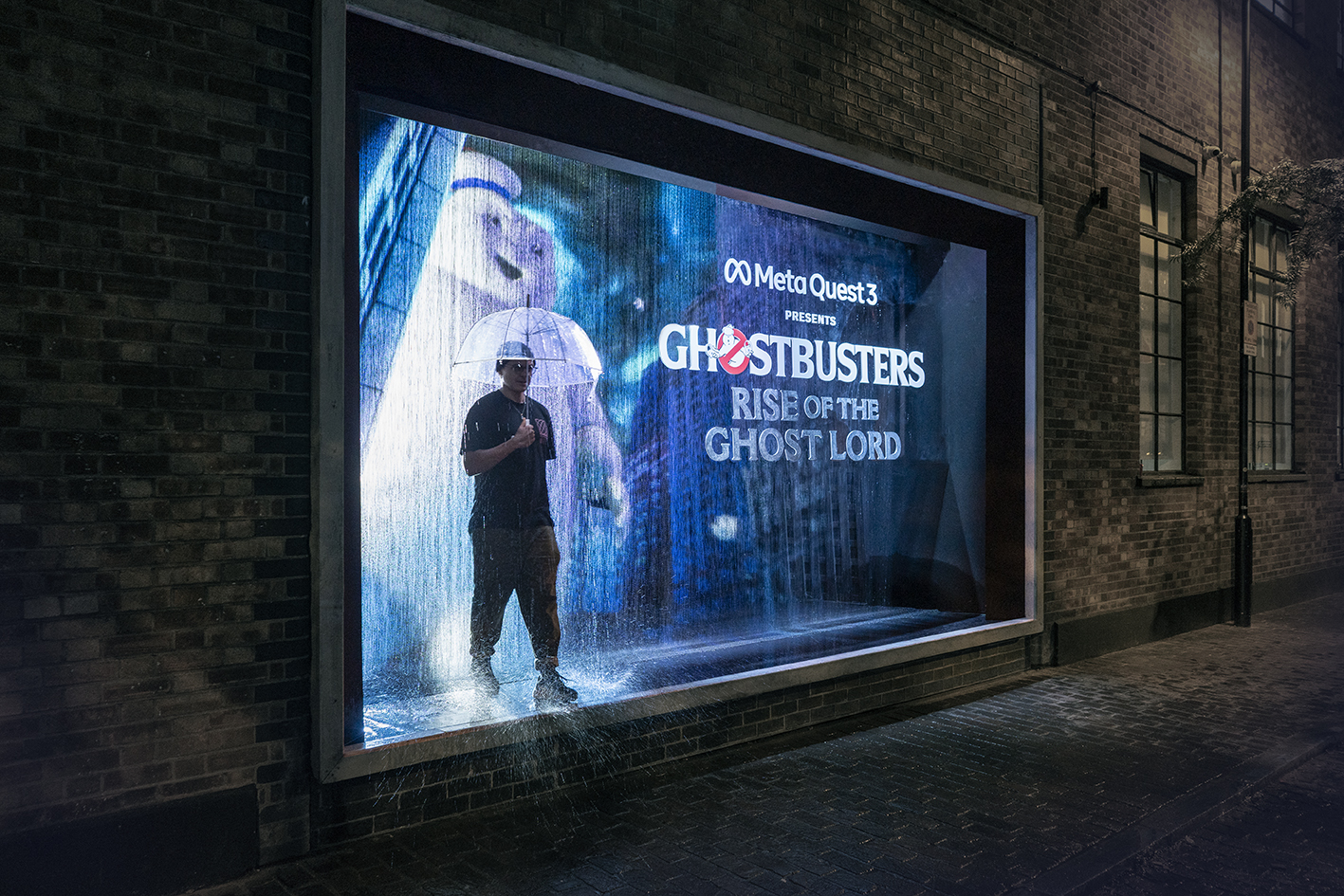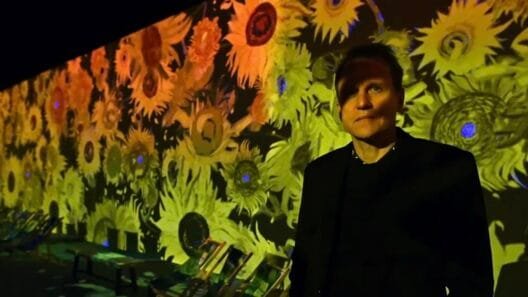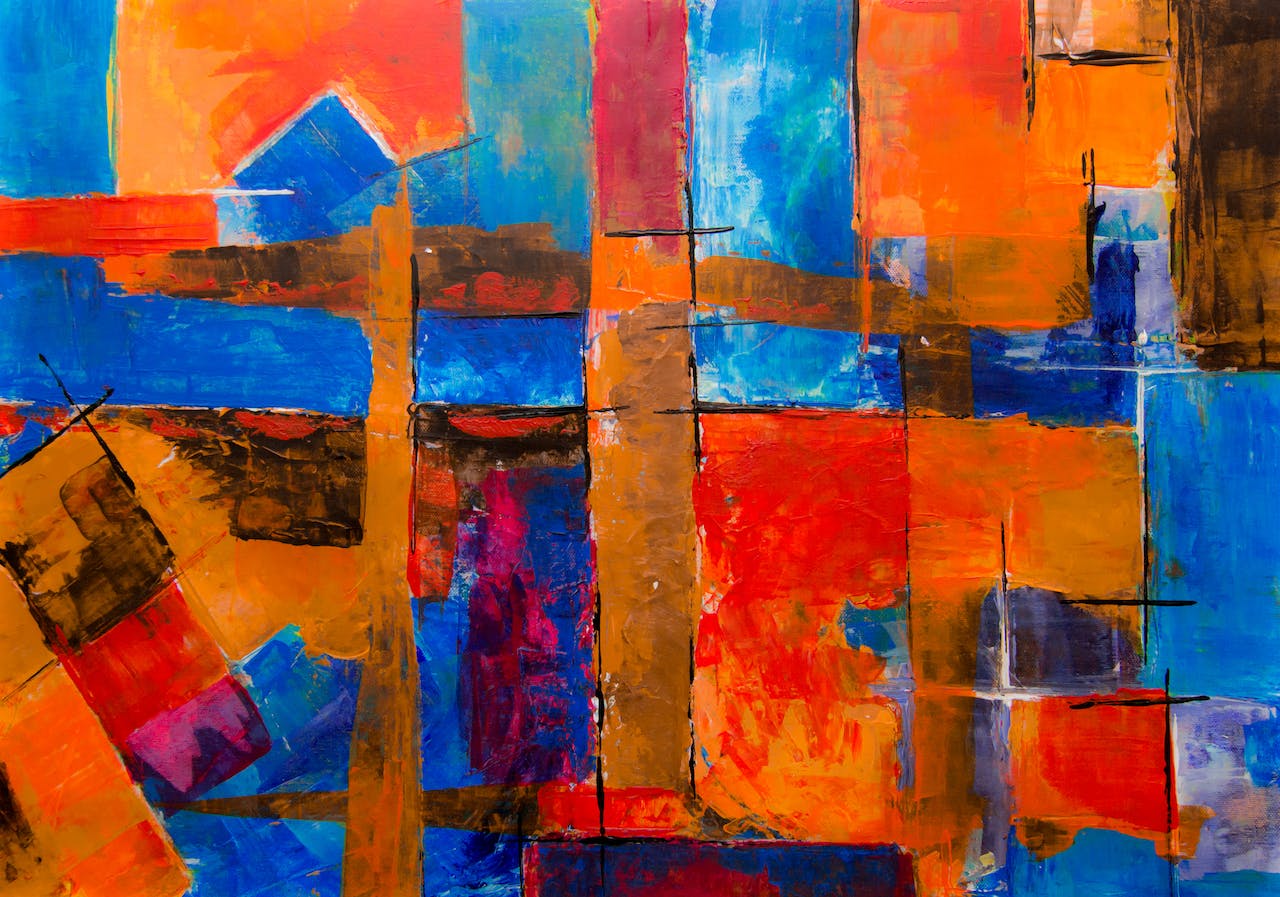The 20th century was an incredibly innovative time for art. Many new movements emerged that broke with traditional styles and pushed the boundaries of what was considered art. Here are five of the most famous and influential art movements of the 20th century.
Fauvism
Emerging in France in the early 1900s, Fauvism was one of the first modern art movements. Led by Henri Matisse and André Derain, the Fauves (meaning “wild beasts” in French) emphasised bold, vibrant colours applied in an aggressive, direct manner. Their subject matter was simple – landscapes, figures, still lifes – but depicted in an exaggerated, almost abstract way focusing on colour and surface effects. Fauvists aimed to capture the emotional response evoked by their subjects rather than realistic representations. Their bold use of colour was shocking at the time and inspired many subsequent avant-garde movements.
Cubism
Developed between 1907-1914, Cubism was pioneered by Pablo Picasso and Georges Braque. They fragmented objects and reassembled them in an abstracted form, depicting subjects from multiple viewpoints simultaneously rather than a traditional single viewpoint perspective. Cubist paintings often appear fragmented or geometric, with muted colours. The idea was to emphasise the two-dimensional aspects of a work and break down form to basic shapes and planes. It revolutionised traditional representations in art by deconstructing the physical world into conceptual elements of line, shape and colour. Cubism paved the way for many abstract modern art styles.
Surrealism
Surrealism was an avant-garde art movement that began in Paris in the 1920s. Leader André Breton defined surrealism as “psychic automatism in its pure state,” using the unconscious mind to create. Surrealist artists aimed to revolutionise human experience by rejecting tradition and rationality. They used unexpected juxtapositions, irrational scenes, and dream imagery to unlock the imagination. Some techniques included automatic drawing, frottage, decalcomania, and exquisite corpse. Key surrealist painters were Salvador Dalí, Rene Magritte, Max Ernst, and Joan Miró. Their disorienting works often featured bizarre visuals and seemingly illogical situations that challenged reality. Surrealism deeply impacted 20th century art.
Abstract Expressionism
Post WWII, Abstract Expressionism emerged in New York City as a leading international art movement. Artists like Jackson Pollock, Willem de Kooning and Mark Rothko emphasised spontaneous, automatic techniques meant to channel the subconscious mind. Their works often consist of large fields of expressive colour, gestural brushstrokes and drips with no representational subject matter. The style exhibits the artist’s inner emotions through the physical act of painting. Abstract Expressionists revolutionised the traditional notion that paintings must represent objects, changing the purpose and form of painting.
Pop Art
Pop Art began in the mid-1950s in Britain and became a dominant movement in the 1960s in the U.S. It took inspiration from commercial, advertising and popular mass culture like comics, brand packaging and mundane cultural objects. Pop Art is characterised by bright colours, bold outlines and flat, slick surfaces. Artists like Andy Warhol, Roy Lichtenstein and Claes Oldenburg reproduced banal everyday objects and imagery from popular culture as a way of challenging traditional fine art values of expression, originality and authenticity. Pop Art brought art back into the tangible, enjoyable realm of mainstream culture. The beauty of Pop Art is that it’s very accessible, so why not have a go at creating your own easy pop art pieces for fun?
Conceptual Art
In the 1960s and 70s, Conceptual Art emerged as a reaction against formalism and traditional artistic media. It emphasised the concept behind a work rather than its aesthetic or material qualities. Conceptual artists like Joseph Kosuth and Sol LeWitt used text, documents and objects in installations or photography to communicate their ideas. Their unconventional works often have an overtly intellectual, philosophical and politicized tone. By dematerialising the art object, Conceptual Art pushed the limits of what can be considered art, putting the focus on ideas over visual appeal. It marked a pivotal juncture in postwar art, opening the field to new avant-garde styles and media.
Minimalism
Minimalism emerged in the 1960s and 1970s as a major art movement. Minimalist artists used simple, geometric forms, clean lines, and a reduced colour palette or monochrome tones. By stripping away complexity, they aimed to reveal the essence of materials and objects. Major minimalists include Donald Judd, Sol LeWitt, Carl Andre, Dan Flavin, and Robert Morris. Their sparse, abstract styles rejected expressionism to focus on ideas of simplicity, repetition, and refined elements. Minimalism influenced sculpture, painting, installations, and more.
The pioneering art movements of the 20th century made a dramatic break with past traditions and paved the way for incredible pluralism and diversity of artistic styles we see today. Their radical innovations regarding the form, content and purpose of art have indelibly shaped the trajectory of modern and contemporary art in the 20th and 21st centuries.







